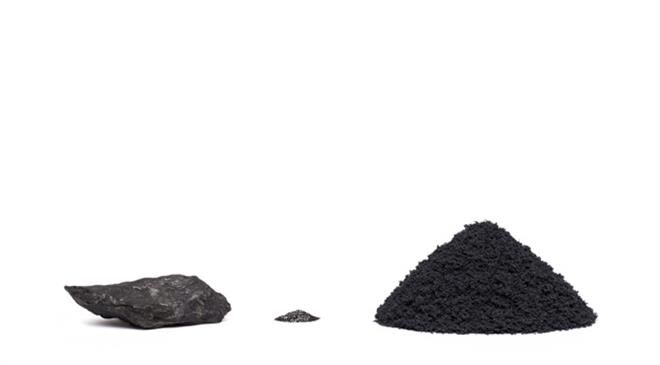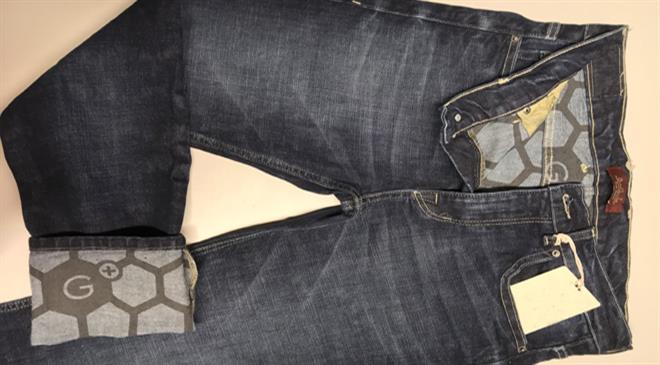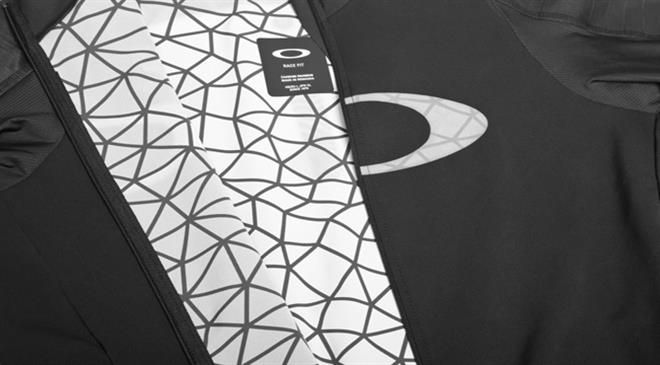We plan to expand to professional sport sector to consolidate our brand
UK-based Directa Plus is one of the largest producers and suppliers worldwide of graphene-based products for use in consumer and industrial markets. The company's products are natural, chemical-free and produced sustainably. Commercial applications of the products include smart textiles, tyres, composite materials and environmental solutions. Chief executive officer and founder Giulio Cesareo chats about the thermally-conductive applications of graphene nanoplatelets and the potential they hold across different product categories.
Yes, for the moment graphite availability is not a problem. Directa has different sources of the specific quality needed for its production. The requirement is not entirely predictable today, but we foresee it in the range of several thousand metric tonnes per year.
The market for GNPs in textiles is still small but with high potential due to the versatility of graphene and the different properties it can bring to fabrics. Applications in the textile industry include electrical and thermal conductivity, bacteriostatic properties and flame inhibiting traits. Directa Plus, a pioneer in developing and promoting G+ GNPs in textiles has been working with a small number of carefully selected partner companies to implement the technology in different parts of the market, focusing from the very beginning on safety, sustainability and on matching existing product demand. There are no consistent data on the market size yet.

The market for GNPs in textiles is still small but with high potential due to the versatility of graphene and the different properties it can bring to fabrics. Applications in the textile industry include electrical and thermal conductivity, bacteriostatic properties and flame inhibiting traits. Directa Plus, a pioneer in developing and promoting G+ GNPs in textiles has been working with a small number of carefully selected partner companies to implement the technology in different parts of the market, focusing from the very beginning on safety, sustainability and on matching existing product demand. There are no consistent data on the market size yet.
The agreement with Arvind is ongoing as well as several collaborations with other Asian and different international brands. The marketing of G+ enhanced denim fabrics is done by Arvind; Directa is only supporting as needed. However, it takes time from the industrial development of a technology to the availability in the market, usually up to three years. There are no G+-enhanced jeans in the shops in India yet but we hope to see this happening soon.

At present, the major markets for G+ printed fabrics are sportswear and workwear, while for G+ membranes, they are sportswear, citywear and luxurywear.
The main growth drivers of the graphene industry are: being able to produce the graphene materials in a consistent and competitive way in terms of volumes and price; being able to understand and match market demand; collaboration with different players in the value chain to develop and offer the right graphene materials for each specific application and reduce the time to market; being able to scale-up the technology at the proper time; being able to communicate the benefits of using this technology to the end users; and having more and more brands starting to implement the technology, allowing end-users to experience the benefits of graphene-enhanced products.
If we speak about Directa's G+ GNPs, we have analysed together with independent laboratories and proved that our materials are safe for the environment and humans.

Currently G+ GNPs are used mainly for thermally-conductive applications in sportswear, workwear and city wear. The scope is to improve the thermal comfort of the user in different climatic conditions, via heat dissipation in hot climates, and by evening out heat distribution and homogenisation in cold ones. In workwear, the user will benefit from this technology and focus on his activity without being affected by the discomfort generated by high or low temperature. Electrical conductivity is still under development but could lead to a new generation of smart textiles (i.e. with data transmission for wearables: graphene would allow lighter garments that are easier and safer to wash if compared to metallic wires), not only in the apparel industry but also in home furniture textiles and in automotives. Since the market is still very small, all these applications have the potential to grow significantly.

The main challenges are related to the need of using the right GNP morphology and the proper percentage of nanoplatelets for the right application at a competitive cost. Directa is working to understand market demand, applying state-of-the-art technology and identifying where GNPs can be applied to give maximum benefit to the industry at a reasonable cost. This is part of why Directa invested in producing and certifying its G+ materials as non-toxic and non-cytotoxic, safe for the environment. Directa has also a dedicated advanced development area (ADA), where chemical, physical and textile engineers are collaborating to develop and test the different applications. This is part of the service the company is offering to its customers and business partners.
Our focus this moment is on developing a technology to transfer an electrical signal exploiting the electrical conductivity properties of graphene. This would open a lot of opportunities in the smart textile domain: graphene is more convenient for metallic wires as it is lighter, safer and easier to maintain.
Our total revenue was approximately €1 million in 2017, of which €0.77 million came from the textile industry, and in 2018, it was nearly €2.3 million, of which €1.7 million came from the textile industry. In term of growth, we expect to maintain a strong double-digit growth over the next years.
We believe graphene has great potential in the textile market. Our next steps will be expanding our sales in graphene workwear solutions globally and moving to the professional sport sector to consolidate our brand and to get a significant return in sales. (HO)
DISCLAIMER: All views and opinions expressed in this column are solely of the interviewee, and they do not reflect in any way the opinion of technicaltextile.net.